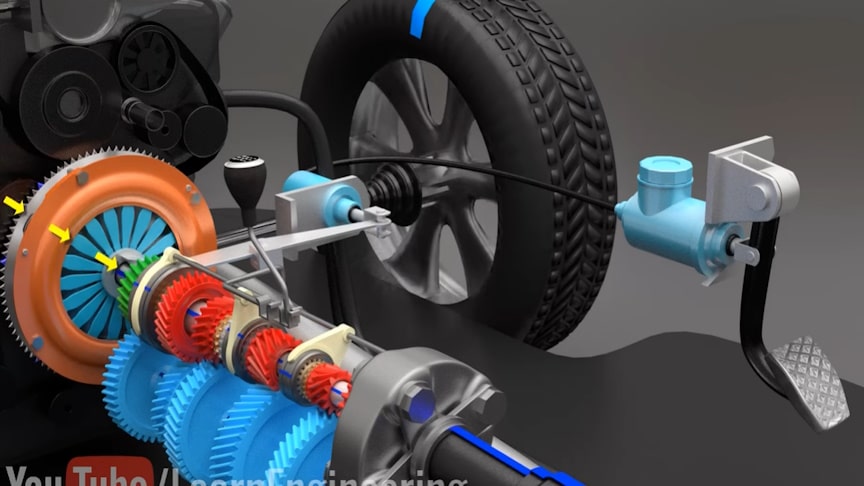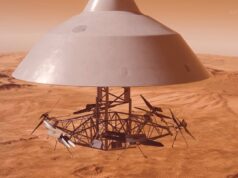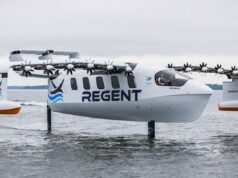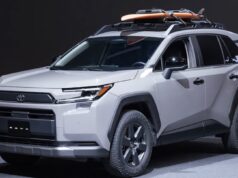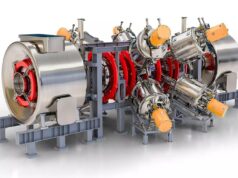Have you ever wondered what is happening inside a car when you press the clutch pedal? Or why do you need to press the clutch pedal before you shift gears in a manual transmission car? This video gives you logical answers to these questions. At the end of the video, we will also understand the crucial role played by the clutch in an uphill start.In a motor vehicle, the clutch acts as a mechanical linkage between the engine and transmission. By disengaging the clutch, the engine speed (RPM) is no longer determined by the speed of the driven wheels.
source.image: Lesics
Clutches are useful in devices that have two rotating shafts, including cars. One of the shafts is typically driven by a motor or pulley, and the other shaft drives another device. The clutch connects the two shafts so that they can either be locked together and spin at the same speed, or be decoupled and spin at different speeds.
A clutch comprises three vital parts – the flywheel, pressure plate and clutch disc. The flywheel is mounted on the engine’s crankshaft and rotates at an equivalent speed to the engine’s rotation. What connects to the flywheel is the pressure plate, with a spring implementing force on the clutch disc against the flywheel.
Advertisement
Another example of clutch usage is in electric drills.The clutch’s input shaft is driven by a motor and the output shaft is connected to the drill bit (via several intermediate components). The clutch allows the drill bit to either spin at the same speed as the motor (clutch engaged), spin at a lower speed as the motor (clutch slipping) or remain stationary while the motor is spinning (clutch disengaged).

